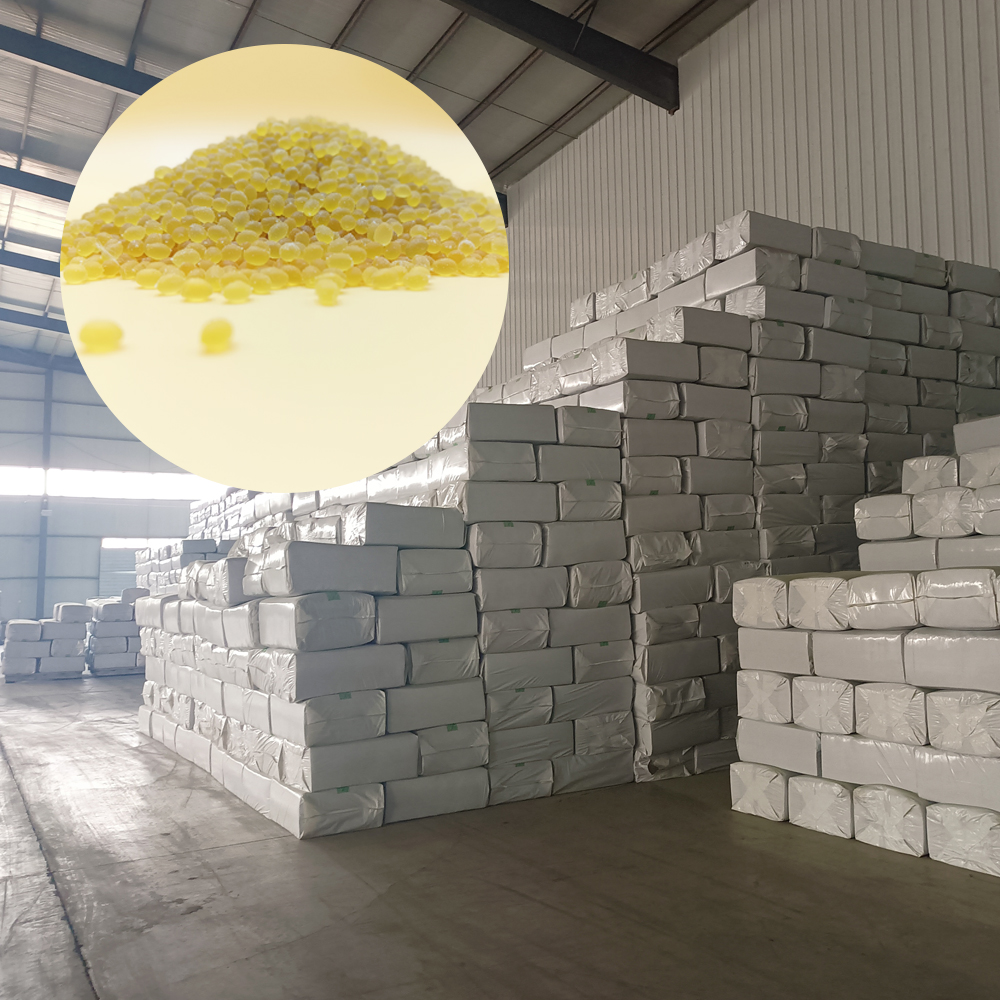Table of Contents
Benefits of Using Polymer-Modified Asphalt Binders for Pavement Construction
Asphalt binders are a crucial component in the construction of pavements, providing the necessary adhesive properties to bind the aggregate materials together. Traditional asphalt binders have limitations in terms of performance and durability, leading to the development of polymer-modified asphalt binders. These modified binders offer a range of benefits that make them a preferred choice for pavement construction projects.
One of the key advantages of using polymer-modified asphalt binders is their enhanced durability. The addition of polymers to the binder improves its resistance to aging and cracking, resulting in a longer-lasting pavement surface. This increased durability translates to reduced maintenance costs over the lifespan of the pavement, making polymer-modified binders a cost-effective choice for infrastructure projects.

In addition to improved durability, polymer-modified asphalt binders also offer enhanced flexibility. This flexibility allows the pavement to better withstand the stresses and strains of traffic loads and temperature fluctuations, reducing the likelihood of cracking and rutting. The improved flexibility of polymer-modified binders also contributes to a smoother and quieter ride for motorists, enhancing the overall driving experience.
Another benefit of using polymer-modified asphalt binders is their superior adhesion properties. The polymers in the binder form a stronger bond with the aggregate materials, resulting in a more stable and cohesive pavement structure. This enhanced bonding capability helps prevent aggregate loss and raveling, ensuring the long-term integrity of the pavement surface.
Furthermore, polymer-modified asphalt binders offer improved resistance to moisture damage. The polymers in the binder create a barrier that helps prevent water infiltration, reducing the risk of moisture-related distress such as stripping and rutting. This enhanced moisture resistance is particularly beneficial in regions with high rainfall or freeze-thaw cycles, where traditional binders may be more susceptible to damage.
In addition to their performance benefits, polymer-modified asphalt binders also contribute to environmental sustainability. The use of polymers in the binder can help reduce the overall asphalt content in the pavement mix, leading to lower energy consumption and greenhouse gas emissions during production. Furthermore, the longer lifespan of pavements constructed with polymer-modified binders means fewer materials are needed for maintenance and rehabilitation, further reducing the environmental impact of infrastructure projects.
Overall, the benefits of using polymer-modified asphalt binders for pavement construction are clear. From improved durability and flexibility to enhanced adhesion and moisture resistance, these binders offer a range of advantages that make them a preferred choice for infrastructure projects. In addition to their performance benefits, polymer-modified binders also contribute to environmental sustainability, making them a responsible choice for modern pavement construction. By choosing polymer-modified asphalt binders, project owners can ensure the long-term performance and durability of their pavements while also reducing their environmental footprint.
Importance of Proper Bonding Between Asphalt Binders and Aggregates in Pavement Performance
Asphalt binders play a crucial role in the construction of asphalt pavements. They act as the glue that holds the aggregate particles together, providing strength and durability to the pavement structure. However, for asphalt binders to effectively perform their function, it is essential that they bond properly with the aggregates. Proper bonding between asphalt binders and aggregates is critical for ensuring the overall performance and longevity of the pavement.
One of the key factors that influence the bonding between asphalt binders and aggregates is the presence of modifiers in the binder. Modifiers are additives that are incorporated into the asphalt binder to improve its properties and performance. These modifiers can enhance the adhesion between the binder and aggregates, resulting in better bonding and ultimately, a stronger pavement.
There are various types of modifiers that can be used in asphalt binders, including polymers, fibers, and Chemicals. Each type of modifier has its own unique properties and benefits, but they all work towards improving the bonding between the binder and aggregates. For example, polymer modifiers can increase the elasticity and flexibility of the binder, allowing it to better adhere to the aggregate particles. On the other hand, chemical modifiers can enhance the adhesion between the binder and aggregates by creating a stronger bond at the molecular level.
Proper bonding between asphalt binders and aggregates is essential for several reasons. Firstly, it helps to prevent the stripping of the asphalt binder from the aggregate particles. Stripping occurs when water infiltrates the pavement structure and causes the binder to separate from the aggregates, leading to premature pavement failure. By ensuring a strong bond between the binder and aggregates, the risk of stripping can be significantly reduced.
| Nr. | Item |
| 1 | Asphalt Flow Modifier |
Additionally, proper bonding between asphalt binders and aggregates improves the overall strength and durability of the pavement. When the binder effectively coats and bonds with the aggregate particles, it creates a cohesive mixture that can withstand the stresses and strains of traffic loads. This results in a pavement that is more resistant to cracking, rutting, and other forms of distress, ultimately extending its service life.
Furthermore, proper bonding between asphalt binders and aggregates can also improve the performance of the pavement in terms of skid resistance and surface texture. A well-bonded pavement surface provides better frictional properties, which can enhance the Safety of the road for motorists. It also helps to maintain a smooth and uniform surface texture, reducing noise Levels and improving ride quality for road users.
In conclusion, the bonding between asphalt binders and aggregates is a critical factor in determining the performance and longevity of asphalt pavements. By using modifiers in the binder to enhance this bonding, engineers and contractors can ensure that the pavement will have the strength, durability, and performance characteristics required for long-term service. Proper bonding not only improves the overall quality of the pavement but also helps to reduce maintenance costs and extend the life of the pavement, making it a crucial aspect of pavement design and construction.

